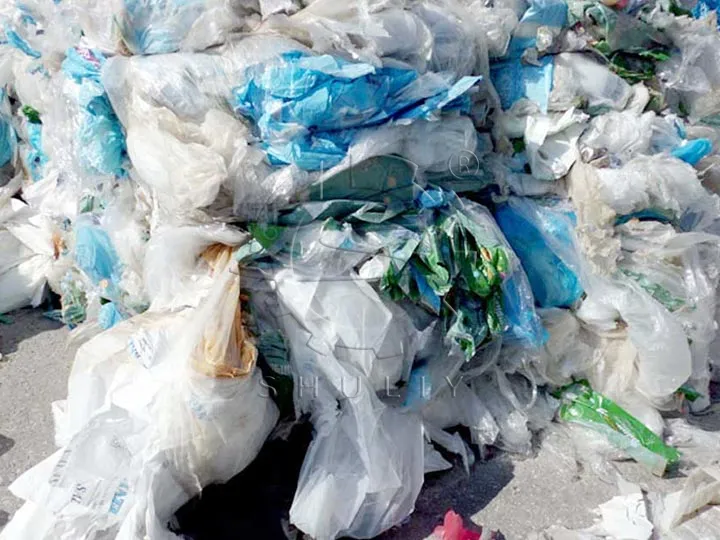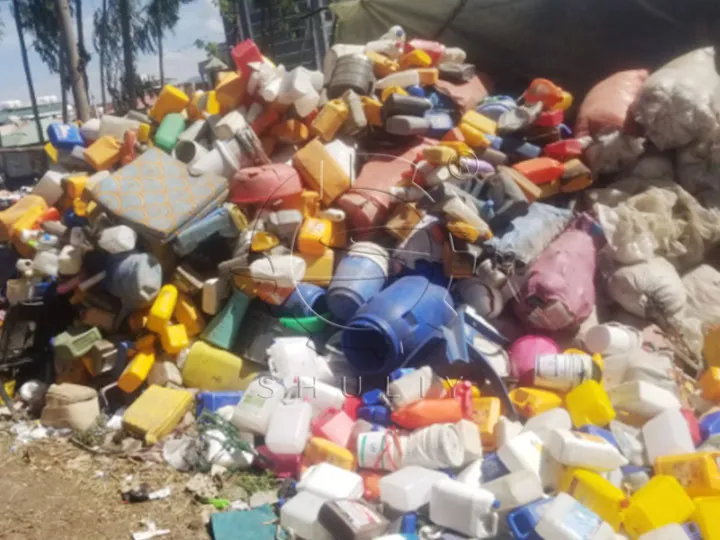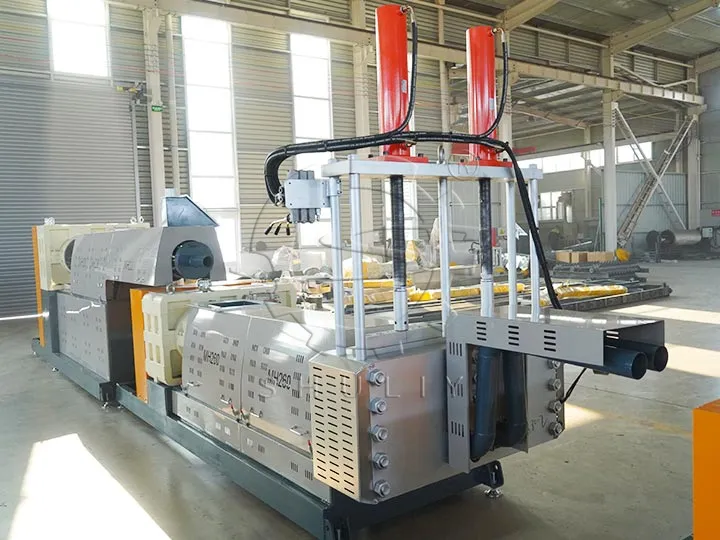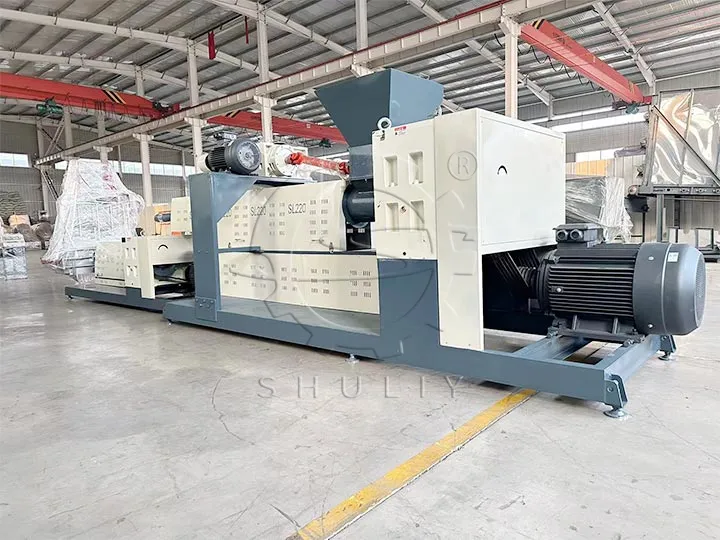The distinction between soft and hard materials is often encountered during the manufacturing and recycling of plastics. However, some may wonder why soft and hard plastics cannot be pelletized at the same time. This article explores this question and explains the differences between soft and hard waste plastics in the pelletizing process.
Difference Between Soft And Hard Materials
Soft and hard plastics are two common types of plastic products. Soft materials usually have a lower melting point and are more flexible, such as polyethylene (PE) film and polypropylene (PP) flexible containers. Rigid materials, on the other hand, are usually harder, with a higher melting point and strength, such as polyvinyl chloride (PVC) pipes and polystyrene (PS) plastic cups.


Challenges In The Granulation Process
The main difference between soft and hard materials is their physical properties. Soft materials are typically softer and prone to deformation and sticking, while hard materials are stiffer and less prone to deformation. As a result, the different characteristics of soft and hard materials can lead to some challenges when pelletizing, including uneven mixing and equipment damage.
Reasons For Separate Pelletizing of Soft and Hard Materials
Due to the differences in the physical properties of soft materials and hard materials, granulating them at the same time may lead to uneven mixing problems, resulting in a decline in the quality of the finished product or even damage to the plastic pelletizing recycling machine. Therefore, to ensure the efficiency of the granulation process and the stability of product quality, soft materials, and hard materials are usually granulated separately.

